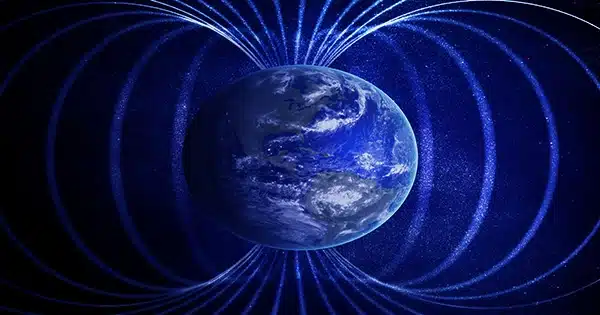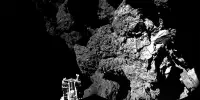Understanding the ionosphere, which is located high in the Earth’s atmosphere, is critical because of its influence on communications systems, satellites, and critical chemical characteristics such as the ozone layer. A modeling study led by geophysicist Yuto Katoh at Tohoku University has yielded new insights into the behavior of high-energy electrons, as described in the journal Earth, Planets, and Space.
“Our findings shed light on the unexpected role of the Earth’s geomagnetic field in shielding the atmosphere from high-energy electrons,” adds Katoh.
The ionosphere is a vast region located between 60 and 600 kilometers above the Earth’s surface. It is composed of electrically charged particles that are a mixture of ions and free electrons produced by the interaction of the atmosphere with solar radiation.

In a process known as electron precipitation, polar portions of the ionosphere are subjected to a particularly continuous and intense stream of incoming electrons. These “relativistic” electrons travel near to the speed of light, highlighting the importance of Einstein’s relativity theory. They clash with gas molecules and contribute to a variety of ionosphere phenomena, including bright auroral displays. The effects of the geomagnetic field on the charged particles involved have a significant impact on the processes.
The Tohoku team collaborated with colleagues in Germany and other Japanese institutions to create a complex software code that concentrated on modeling the effects of a relatively unknown “mirror force” on electron precipitation. The magnetic force acting on charged particles under the influence of the geomagnetic field causes this.
The simulations demonstrated how, depending on the angles at which the electrons arrive, the mirror effect causes relativistic electrons to bounce back upwards. According to the predicted consequences, electrons collide with other charged particles higher in the ionosphere than previously thought.
Katoh says, “Precipitating electrons that manage to pass through the mirror force can reach the middle and lower atmosphere, contributing to chemical reactions related to variations in ozone levels.” Reduced ozone levels at the poles as a result of air pollution weaken the protection ozone provides to living organisms against UV light.
The significant theoretical achievement of the research, according to Katoh, is exposing the unexpected importance of the geomagnetic field and the mirror force in safeguarding the lower atmosphere from the consequences of electron precipitation activities by keeping them further away.
“We have now started a project to combine the simulation studies used in this work with real observations of the polar ionosphere to build an even deeper understanding of these crucial geophysical processes,” Katoh explains.















